
Dive into the Rich History of 5 Groundbreaking Submarines
Submarines are mainstays in games, literature, children’s toys, and movies (a good submarine attack makes for some great TV), but are most recognized for their military success in the submarine warfare division (which, along with anti-submarine warfare, mine warfare, and mine countermeasures, make up the four divisions of underwater warfare).
The first battle submarine, coined the Turtle, was built to accommodate a single person and made its debut during the Revolutionary War in 1776. The Turtle resembled two adjoined tortoise shells, and while unsuccessful in its initial goal — to sneak below British ships to attach explosives — it succeeded in other areas. For example, it ticked the four submarine necessities: submerging, maneuvering, supplying air, and carrying out underwater missions.
While it never carried out an attack, submarine Turtle proved that these vessels were an essential tool for the defense sector.
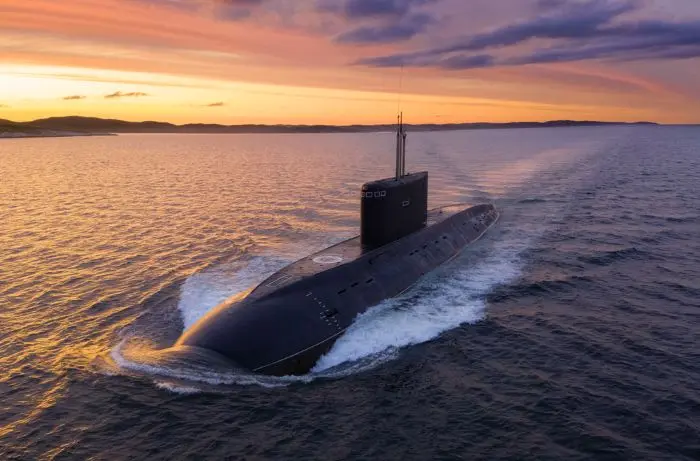
The First Submarines Weren’t for Combat
Playing a major role in the Cold War, nuclear-powered submarines are most often accompanied by speedy attack submarines that are at the ready in case of a hostile attack. But the first submarines weren’t actually designed for combat.
Non-combat submarine designs date as far back as 1578, when William Bourne envisioned an enclosed ship covered in leather. Such a submersible could ply the depths to discover unknown underwater secrets and even find lost treasure.
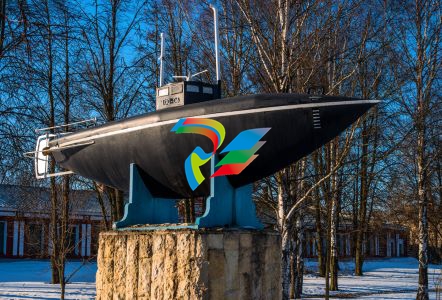
The Dutch engraver, alchemist, and innovator Cornelis Drebbel, born in 1572, is another important figure in submarine history. While working for England’s Royal Navy, Drebbel built the first navigable submarine in 1620, then designed two more — each larger than its predecessor. These submersibles were steerable vehicles supported by wooden frames covered in leather.
The dearth of nuclear technology in the 17th century necessitated a different propulsion system: oars. The biggest of these early paddle-based submarines held 16 people and cruised at a depth of 13-16 feet. It’s said that King James I enjoyed a trip on Drebbel’s diver, making James the first monarch to travel underwater in a submarine. While the submarine’s design was never adapted, it remains a historic first.
Famous Submarines Throughout History
Below, we explore five groundbreaking submarines that made their mark in history, including two used in USA naval operations.
1. H.L. Hunley — USA
2. Kaiten — Japan
3. Surcouf — France
4. HMS Anson — England
5. USS Nautilus — USA
Let’s take a closer look at each of these impressive subs.
1. The U.S.’s H.L. Hunley Sets the Stage
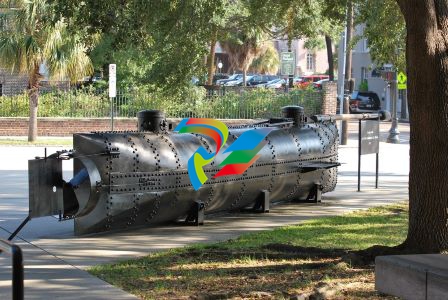
The first submarine to demonstrate the vehicle’s potential in the military was the H.L. Hunley, coined the first successful combat submarine in world history. However, during a test dive in August 1863, it suffered a disastrous sinking that resulted in the loss of five crew members. In October of the same year, again during testing, it sank again killing most of its crew — 21 in total. (Though tragic, this was nowhere near the death toll of the Soviet submarine B-37 accident in 1962 that claimed 122 lives, or the Russian Kursk nuclear submarine that killed 118 in 2000).
From this, a new strategy emerged for submarine building: keep the submarine partially submerged and attack opposing ships with a torpedo attached to a spar. On February 17, 1864, the H.L. Hunley made history as it attempted to break the Union blockade in Charleston Harbor and sunk the USS Housatonic, before vanishing without a trace. The cause of the disappearance remains unclear, but the submarine was found in 1995 and resurfaced in 2000.
2. The Japanese Kaiten — Human Torpedoes
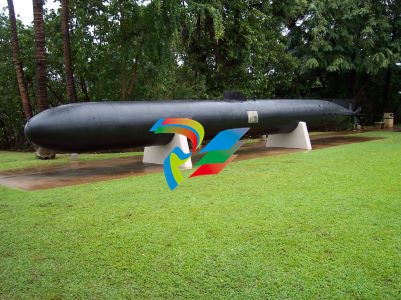
The Japanese Kaiten was a submarine in the most literal sense: it traveled below the water. However, this naval innovation lacked the amenities of other submersibles because it served a single purpose: it was a human torpedo with the ability to achieve speeds of over 40 mph, thanks to a 1,500-horsepower oxygen-kerosene engine. The first Kaiten was just a Type 93 torpedo engine compartment attached to a cylinder where the pilot sat.
The Kaiten, which can be loosely translated to "the heaven shaker,” was devised in the late stages of World War II. These vessels transported "mother” submarines, then launched near enemy ships. The Kaiten’s single pilot took charge of steering if the torpedo missed on its first attempt, but navigating was challenging.
3. Air and Sea: The French Surcouf’s Mysterious Fate
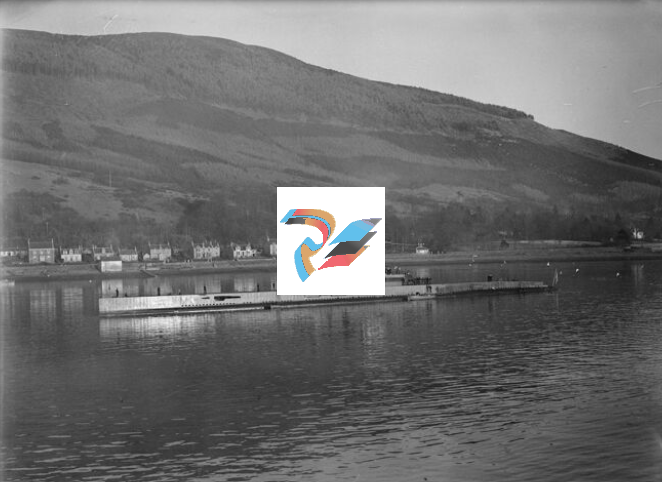
Inspired by the formidability of German World War I U-boat cruisers, France developed a unique submarine with a hangar. Commissioned in 1935, the Surcouf was the French Navy’s singular cruising submarine built for open-ocean surface raiding and was the largest ever built until the first Japanese I-400 class aircraft carrier came along in 1944. Named after French privateer and shipowner Robert Surcouf, t













































.jpg)
.jpg)
.jpg)





.jpg)



.png)
.jpg)

.jpg)
_lVjBYb.jpg)

.jpg)
.jpg)



.jpg)
.jpg)







.jpg)

.jpg)
.jpg)











.jpg)




.jpg)
.jpg)
.jpg)
.jpg)
.jpg)
.jpg)

.jpg)

.jpg)
.jpg)
.jpg)






.jpg)


.jpg)






